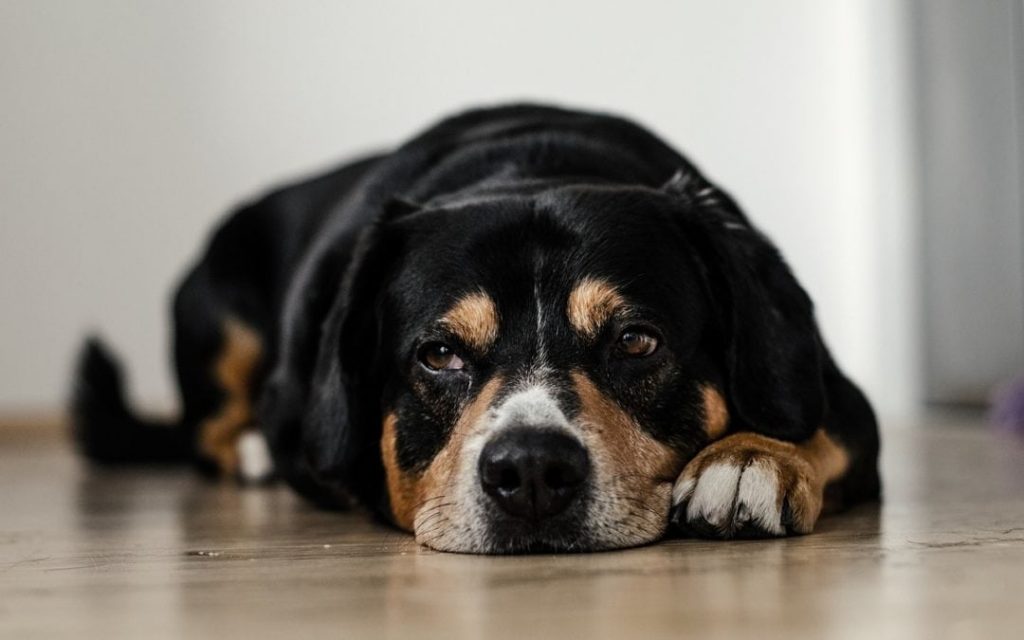
Dogs of all ages, although particularly older dogs, are prone to developing lumps. While many of the lumps we find on our older dogs are lipomas (benign fatty tumors), presuming the nature of a lump and being certain are two very different things.
Many skin tumors can feel like a lipoma on palpation, but on closer inspection turn out to be something entirely different.
A relatively quick & inexpensive way to determine if a lump is indeed a fatty tumor is for your veterinarian to perform a fine needle aspirate (FNA) of the lump. This is a simple procedure where a small sample of the lump is extracted through a needle and then examined under a microscope. When only fatty cells are seen, the lump is almost certainly a lipoma.
Once a lump has been diagnosed as a lipoma, the location, size, and rate of growth may influence how best to proceed. Often monitoring- rather than surgical removal – is a reasonable course of action unless the size or location of the lipoma is affecting your pet’s daily activities.
However, if other types of cells are seen during the analysis, the lump may be something much more serious, like a malignant tumor. The reason it is so important to know is that the sooner a malignant tumor is identified, the sooner a treatment plan can be developed which may include surgical removal of the lump, radiation therapy, an oncology referral or some combination thereof.
So the next time you find a lump on your pet, be sure to make an appointment with your veterinarian to discuss all of the available options and how best to proceed for your pet’s individual case.


